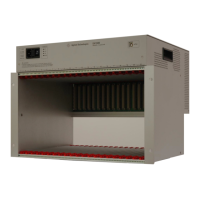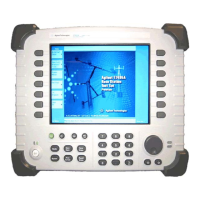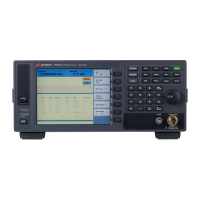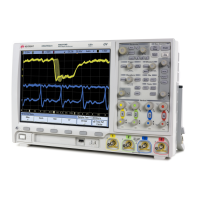Chapter 5 221
Language Reference
FORMat Subsystem
For state data, the format cannot be changed. It is always in a machine
readable format only (machine units).
ASCII - Amplitude values are in ASCII, in amplitude units,
separated by commas. ASCII format requires more memory than the
binary formats. Therefore, handling large amounts of this type of
data, will take more time and storage space.
Real,32 (or 64) - Binary 32-bit, or 64-bit, real values in amplitude
units), in a definite length block. Transfers of real data are done in a
binary block format. The block of data starts with an ASCII header
that begins with # and indicates how many additional data points
are following in the block. Suppose the header is #512320.
— The first digit in the header (5) tells you how many additional
digits/bytes there are in the header.
— The 12320 means 12 thousand, 3 hundred, 20 data bytes follow
the header.
— Divide this number of bytes by your selected data format
bytes/point, either 8 (for real 64), or 4 (for real 32). In this
example, if you are using real 64 then there are 1540 points in the
block.
Factory Preset
and *RST: ASCII
Corrected Trace Data Types
:TRACe:DATA?<trace_name>
Data Type Result
ASCii Amplitude Units
INT,32 (fastest) Internal Units
REAL,32 Amplitude Units
REAL,64 Amplitude Units
Uncorrected Trace Data Types
:TRACe:DATA? RAWTRACE
Data Type Result
INT,32 Uncorrected ADC Values
UINT,16 (fastest) Uncorrected ADC Values

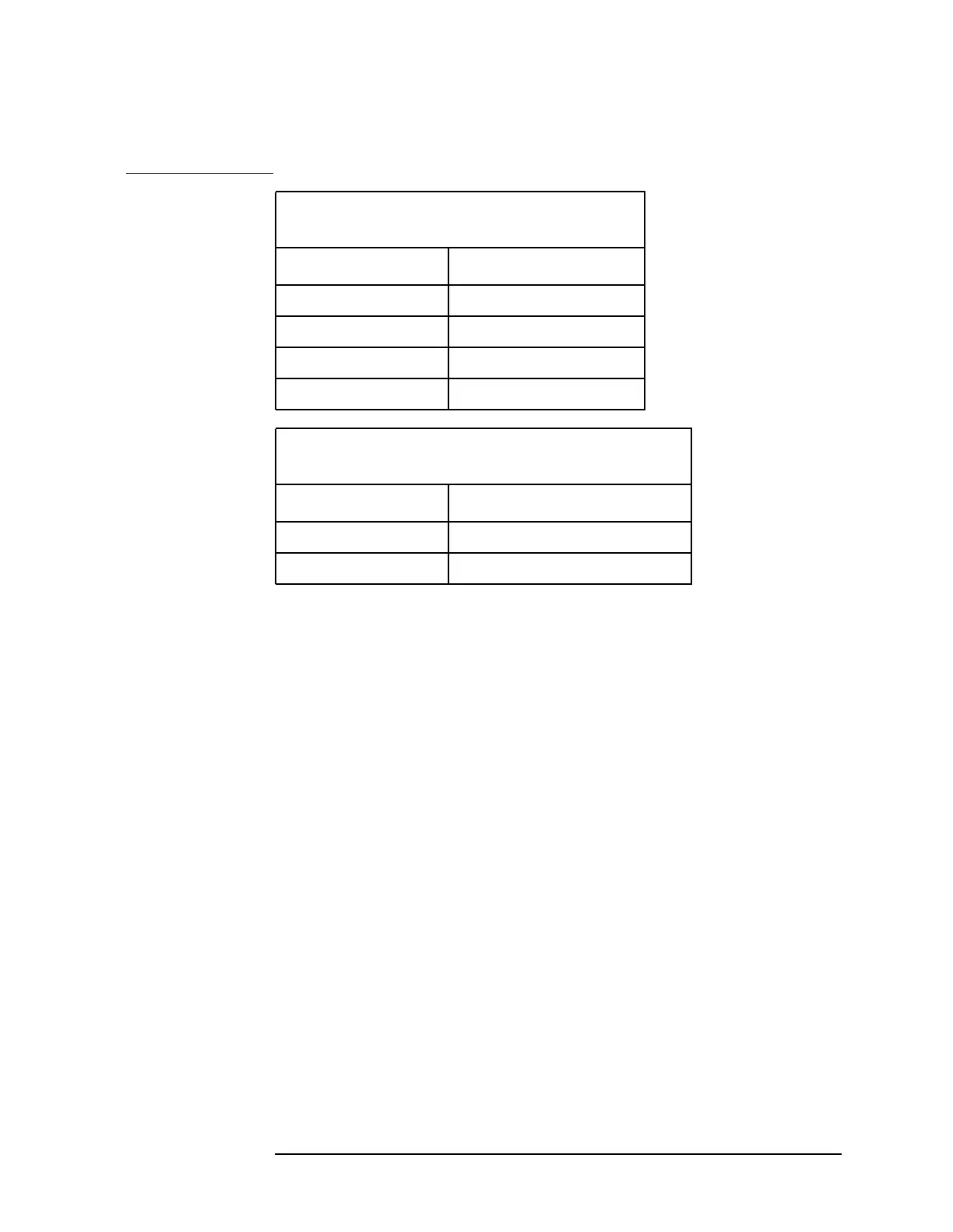